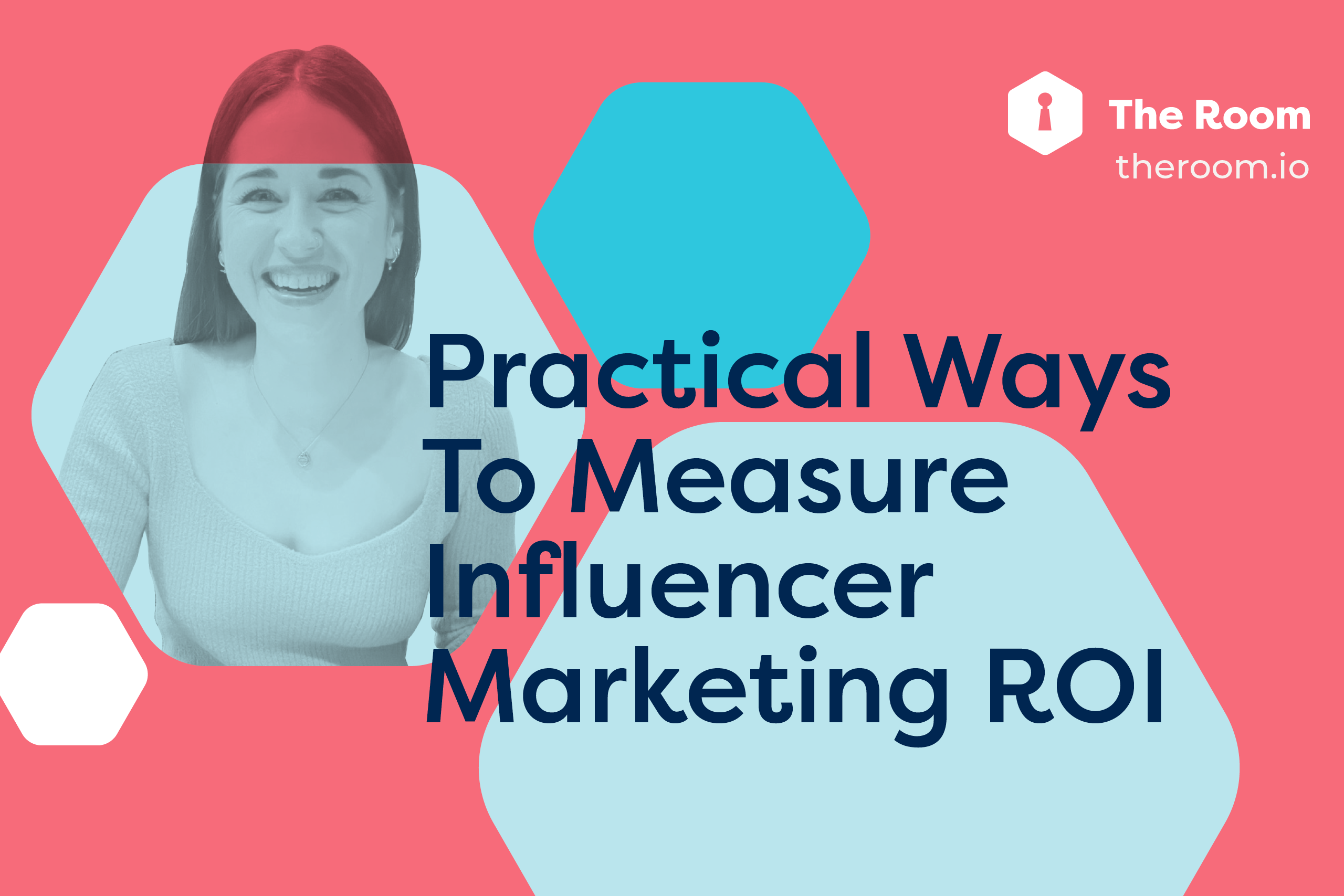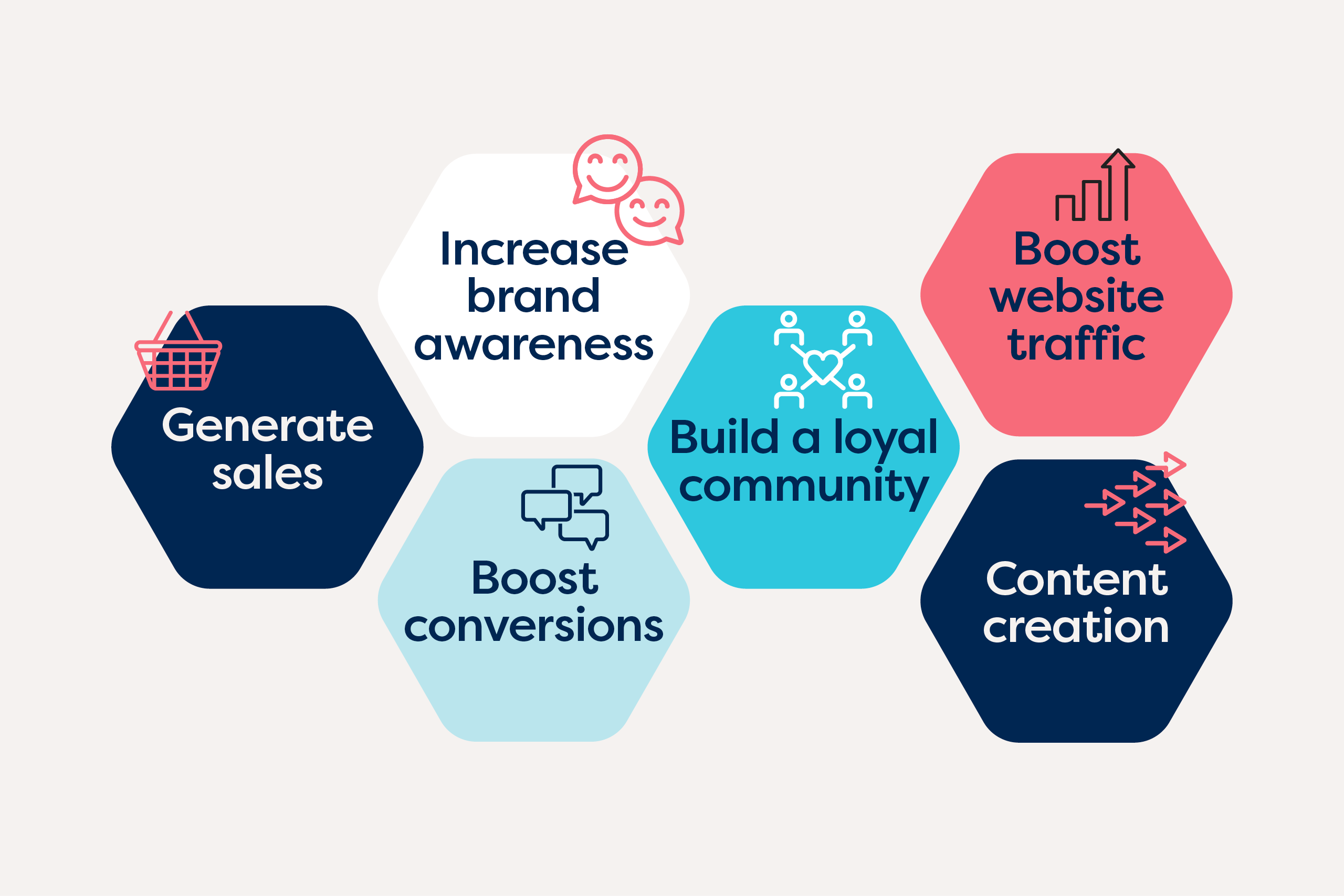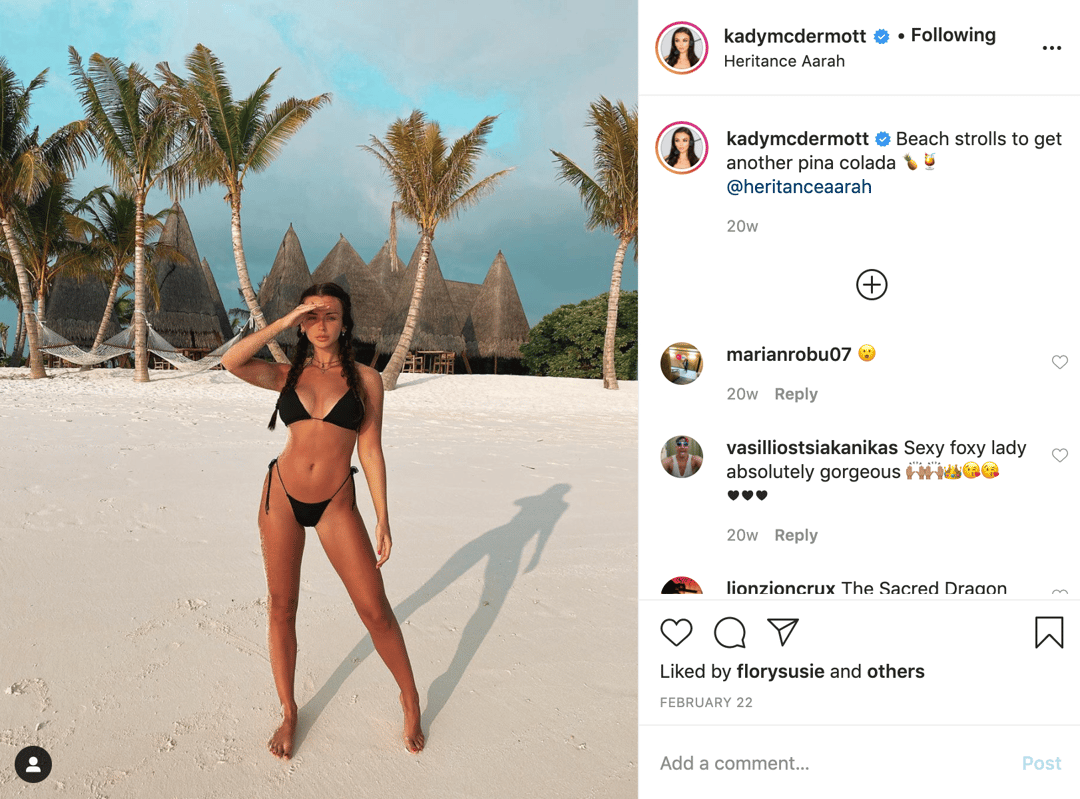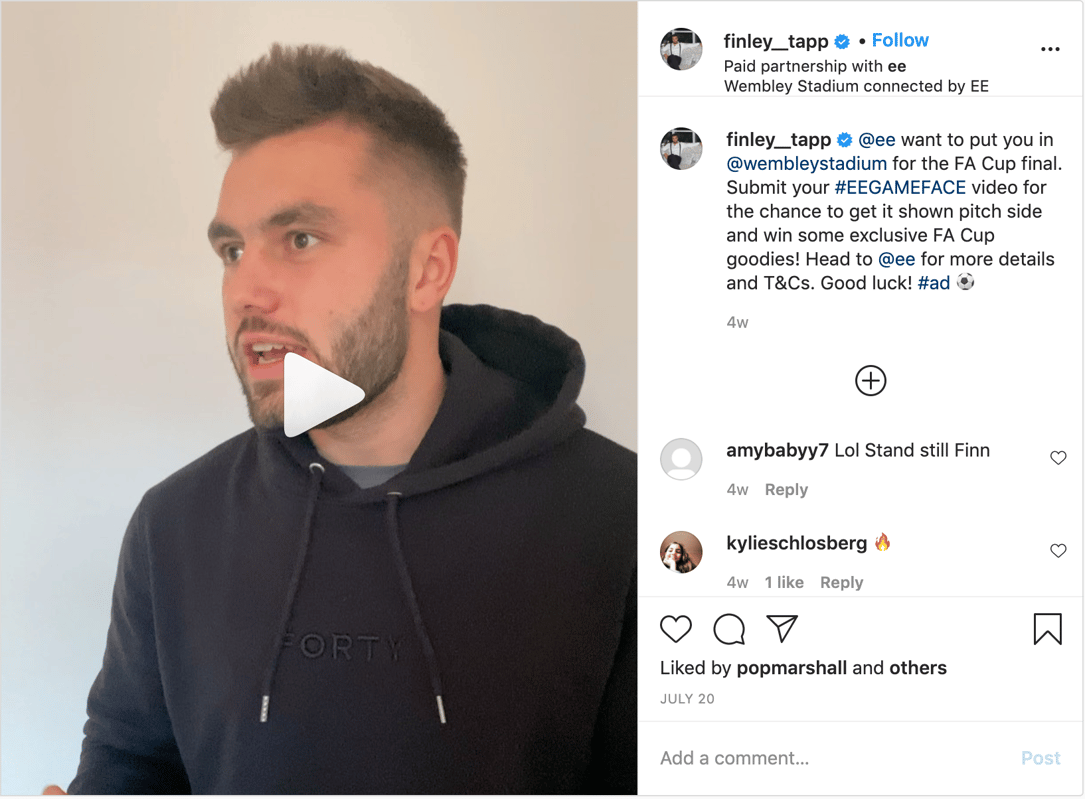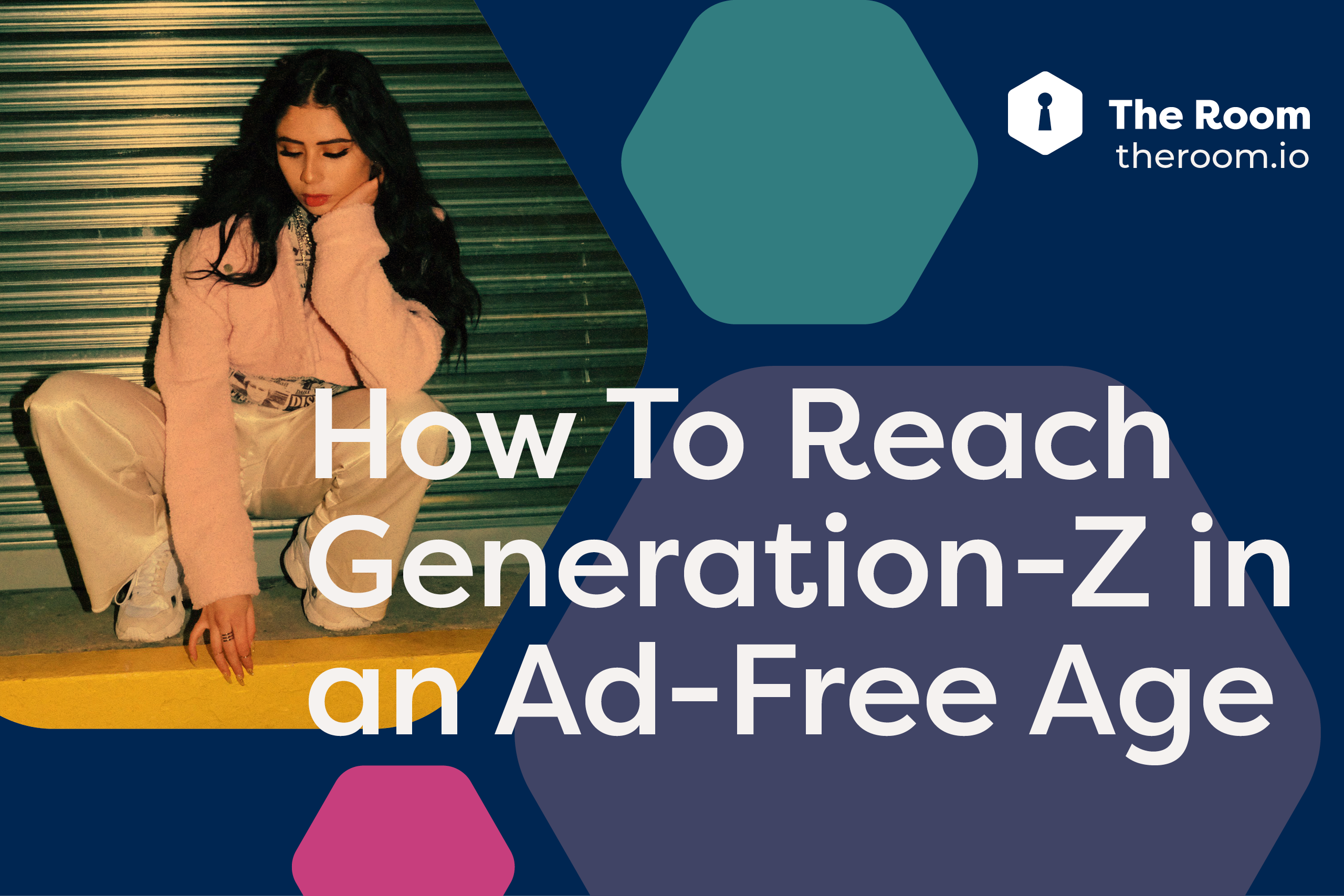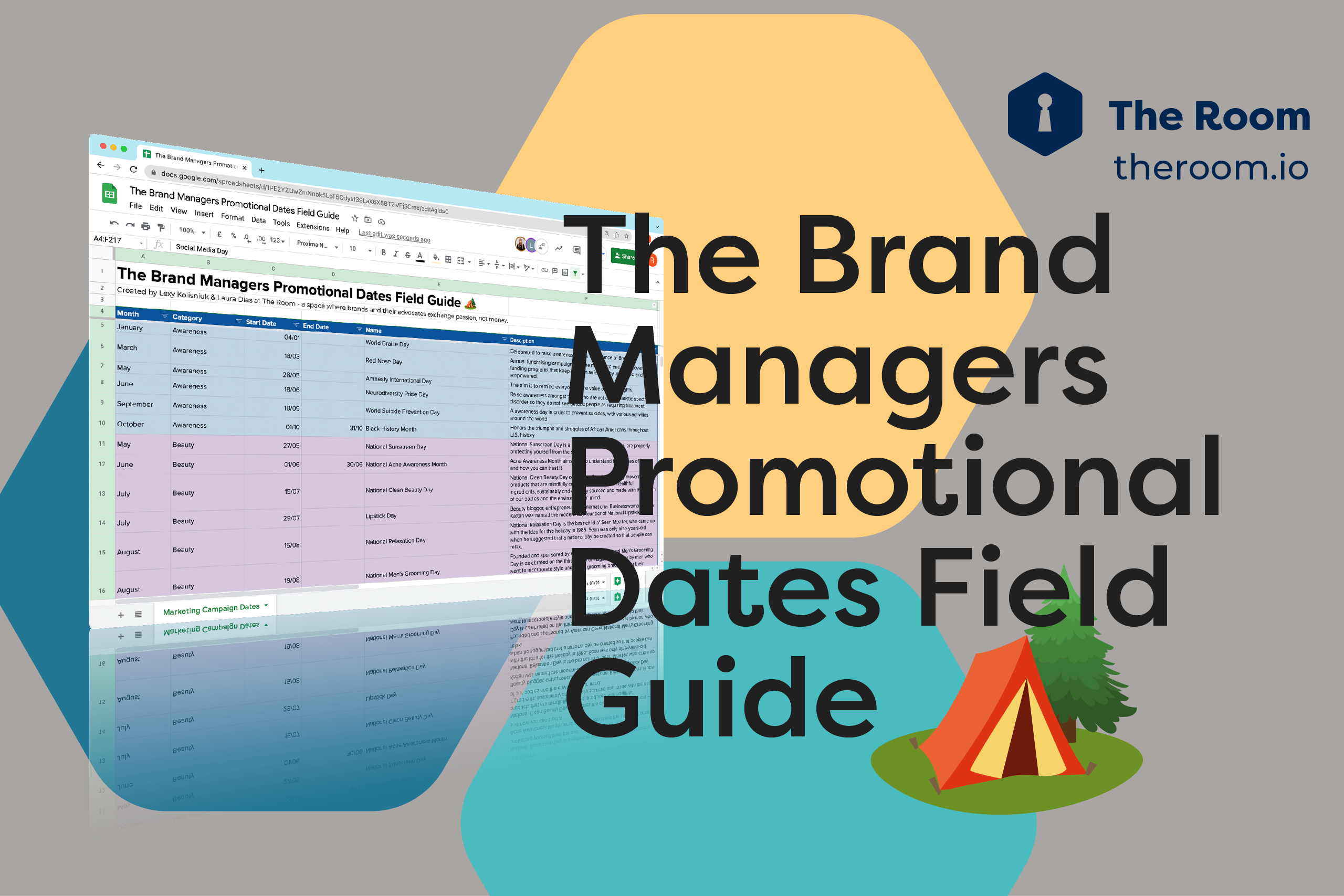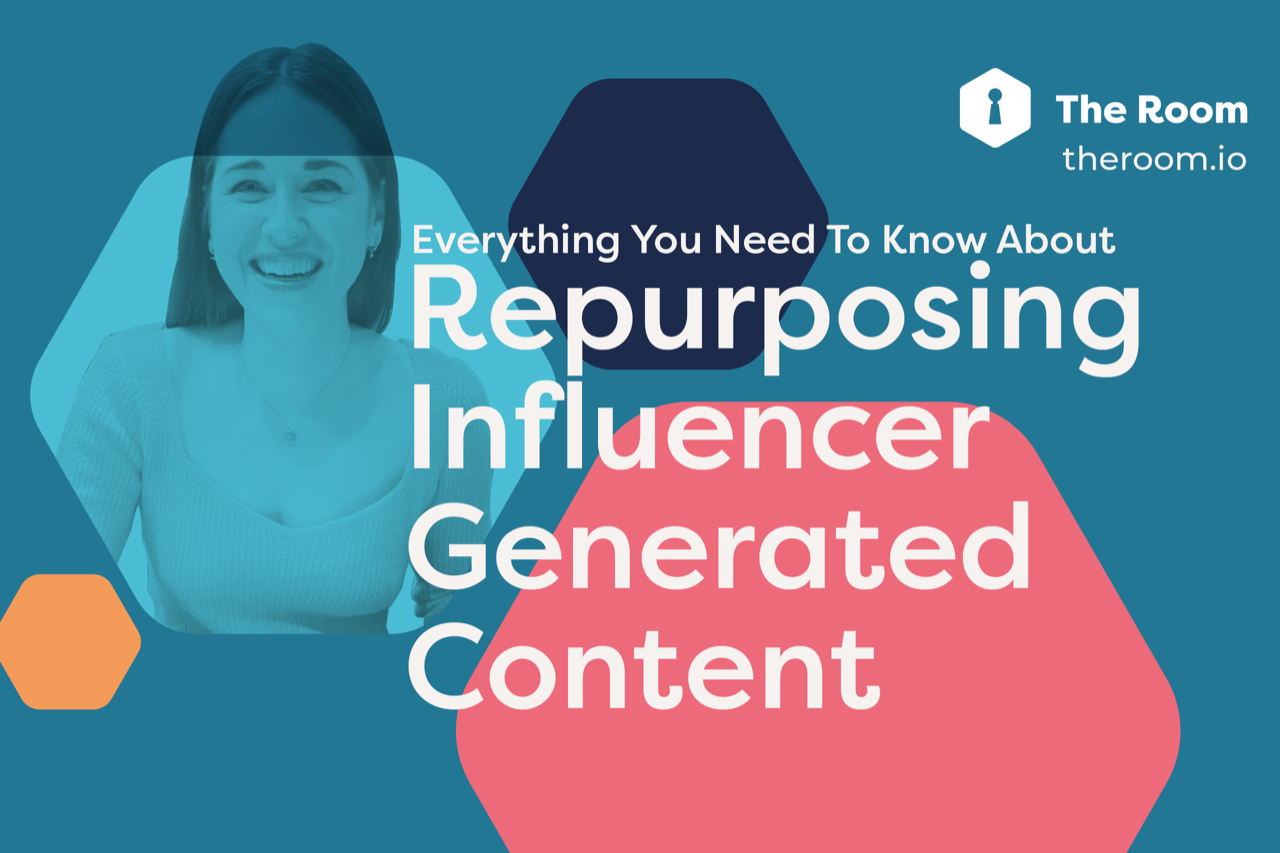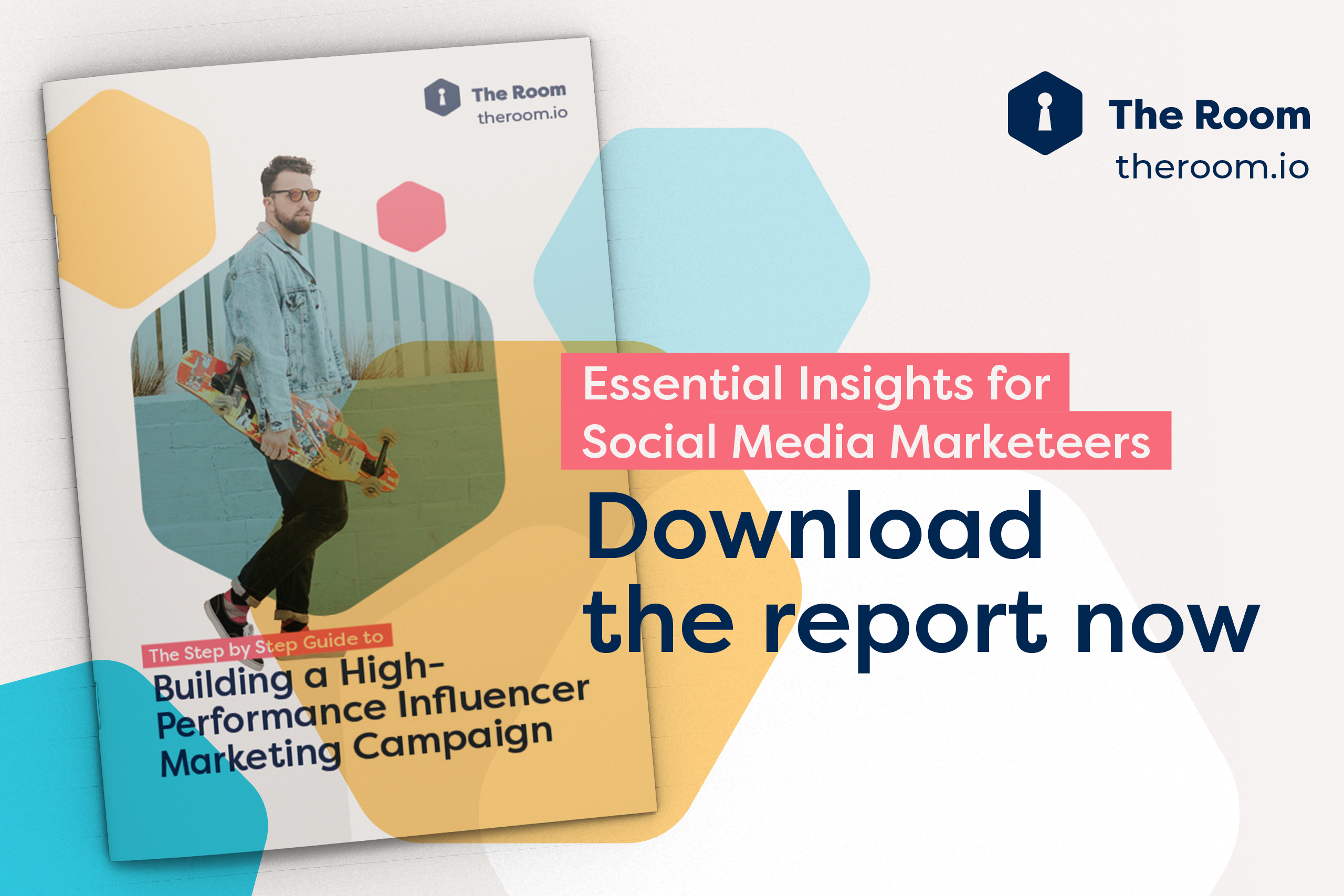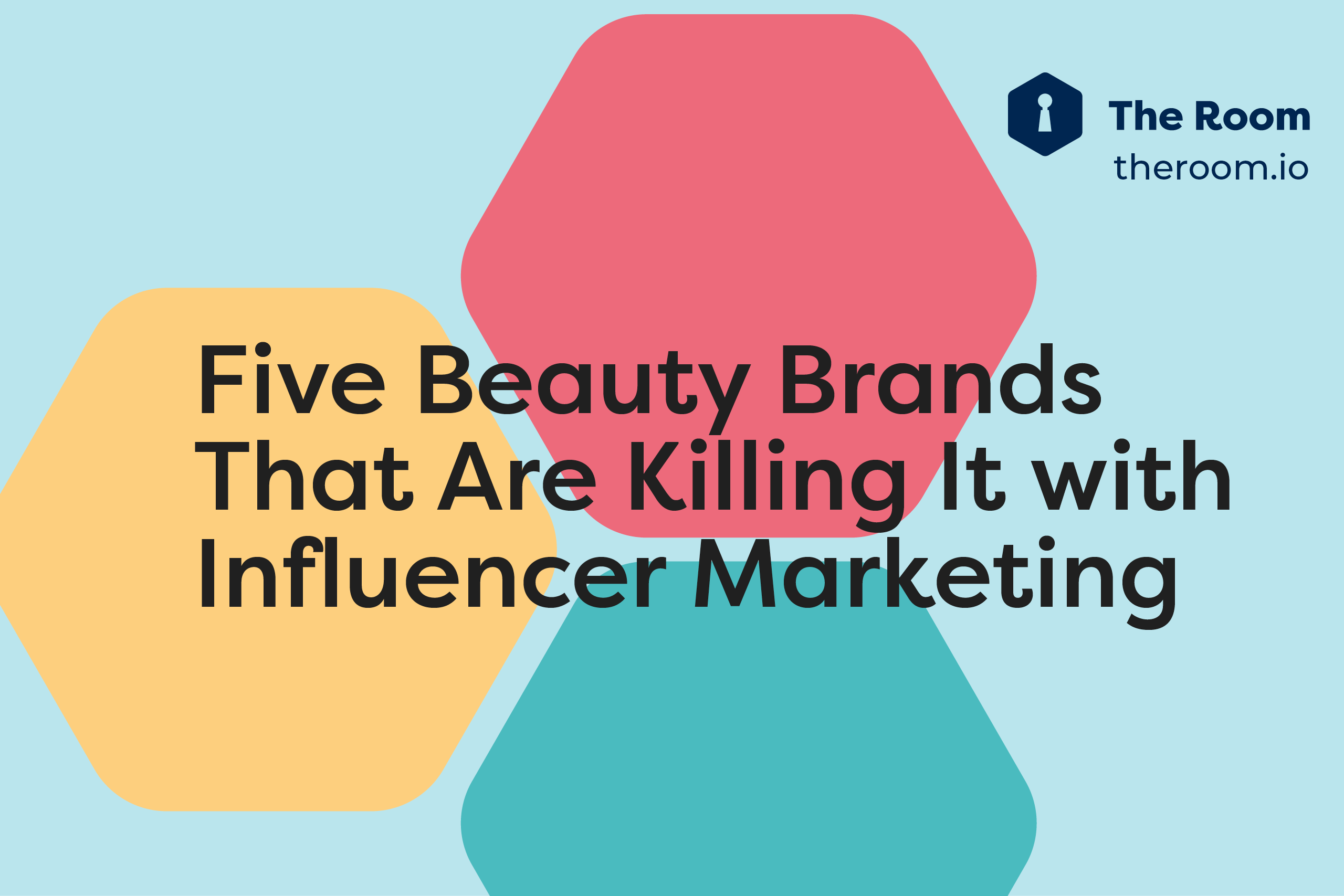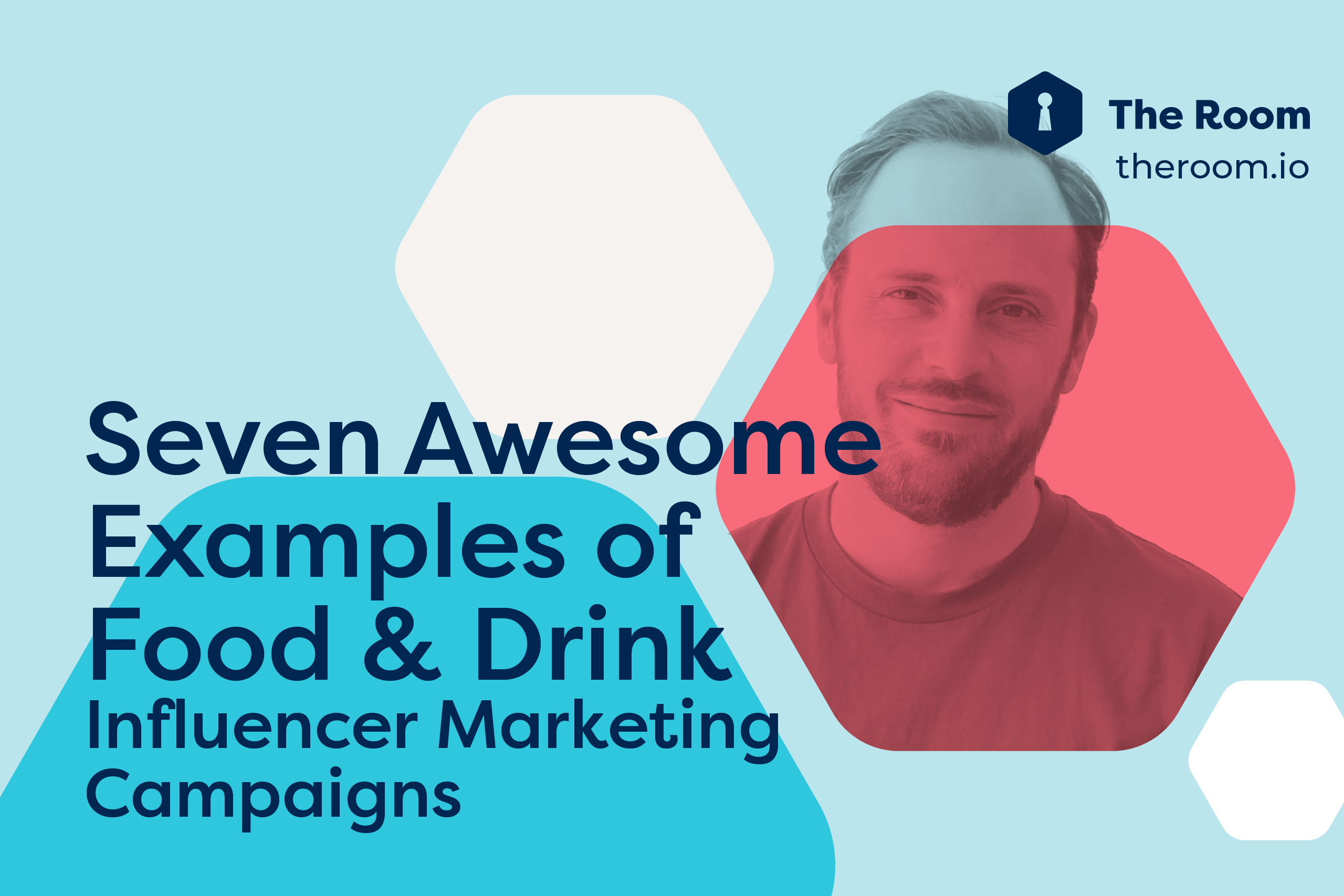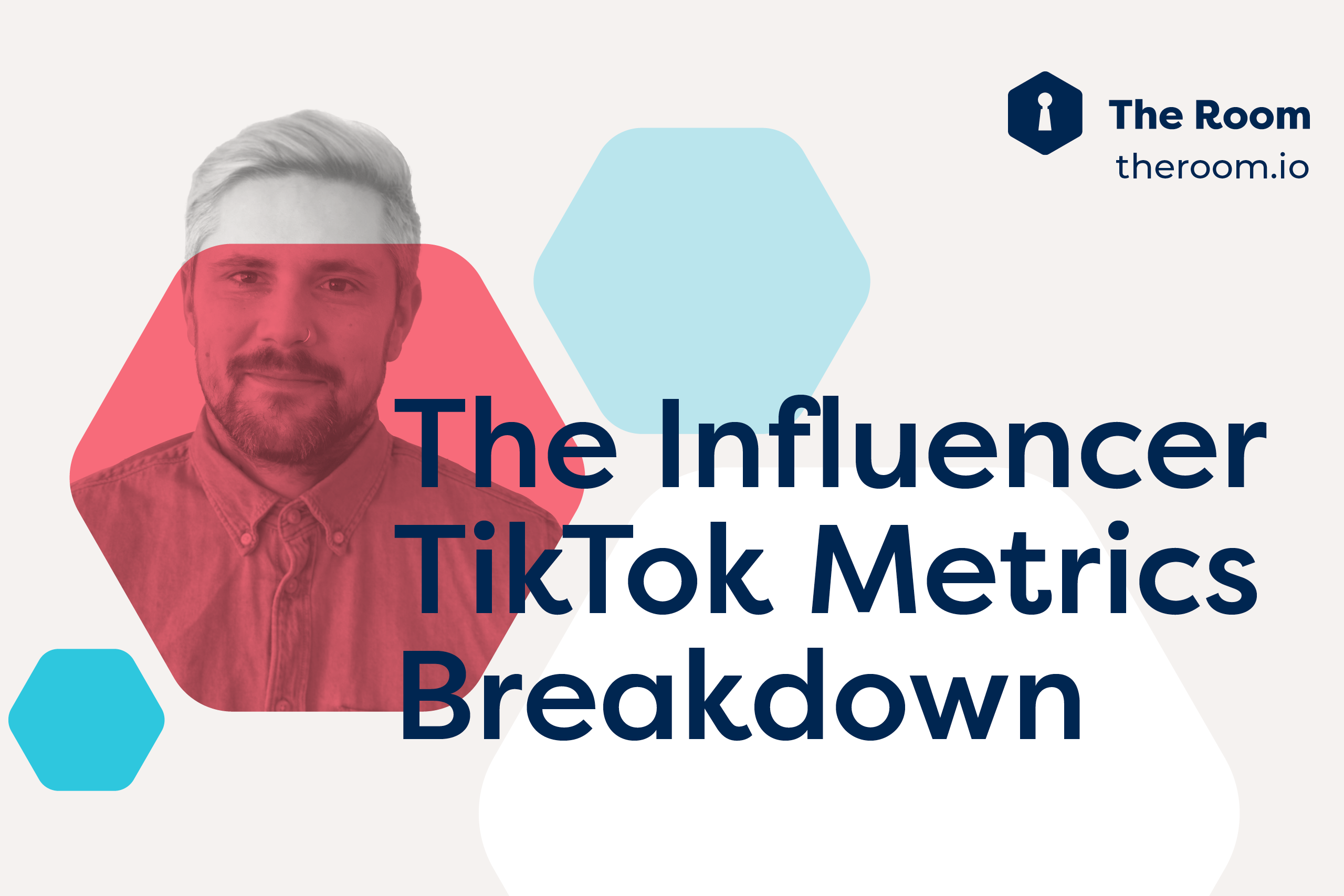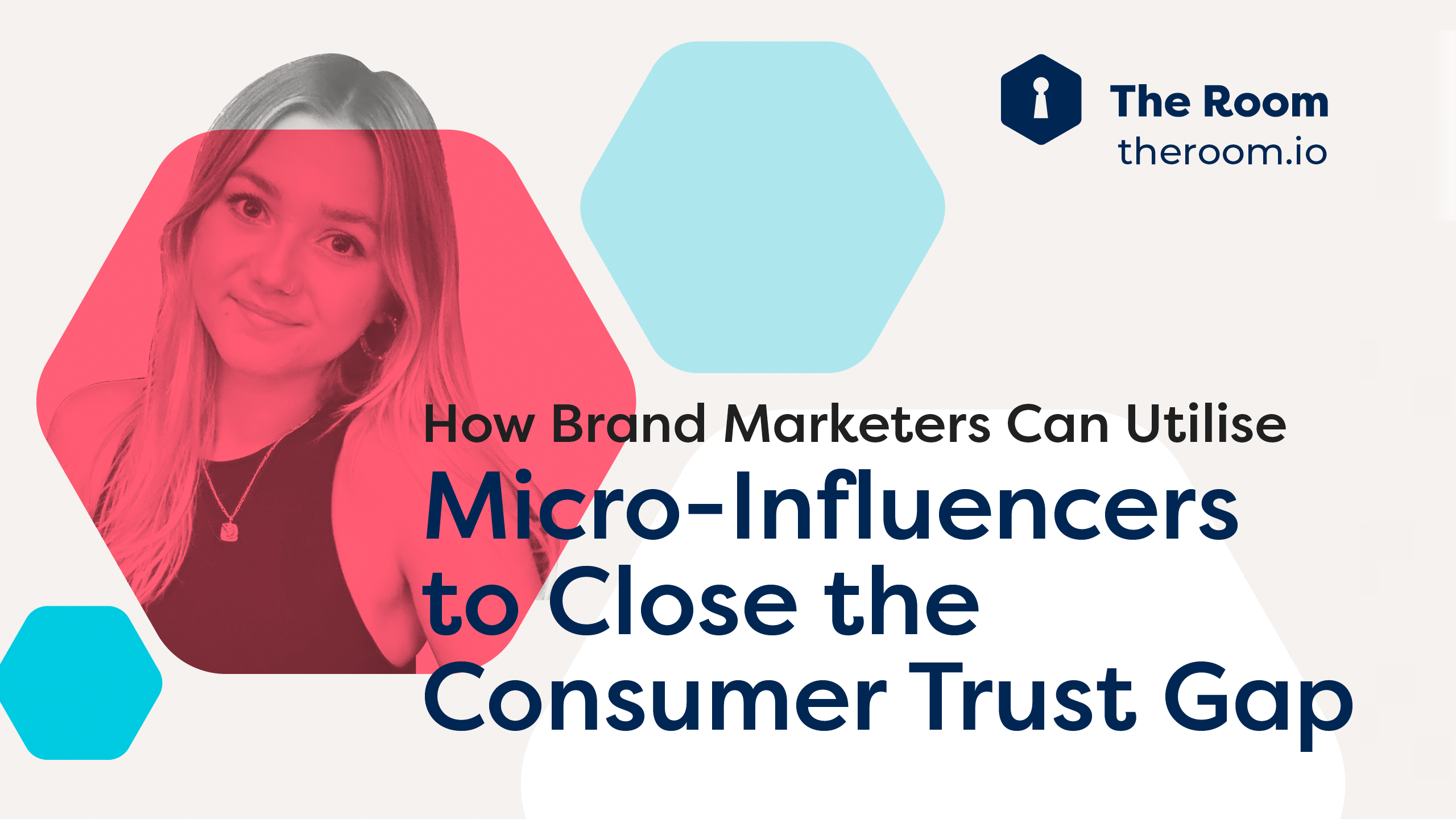With the influencer marketing industry continuing to grow and evolve, it could be seen as one of the best digital strategies to increase brand awareness and consumer sales.
In 2021 the market soared to $13.8 billion, and it is set to expand to a tremendous $16.4 billion this year.
With such colossal market growth, we'd expect most brand managers to be aware of the influencer marketing landscape with perhaps a few strategies on how to reap the maximum benefits while tracking ROI.
So it may surprise you that determining the ROI of an influencer marketing program is the top concern amongst marketers.
In fact, only 67% of brands measure the return of investment (ROI) from their influencer campaigns. That means 33% of brands don't even measure it, therefore, are unable to make informed decisions about improving their strategy.
Influencer Marketing, like any other type of channel-led marketing strategy, must justify its worth. We put together this step-by-step guide to help you successfully measure the ROI of your influencer marketing campaigns (and not fall into that scary 33%).
How to Measure Influencer Marketing ROI
Set Your Goal(s)
To help give direction to your influencer strategy, it's essential to set out clear goals from the start. The best way to do this is by asking yourself a few simple questions:
- What is it that drives your influencer marketing efforts?
- What is it you want to achieve?
- What is your ultimate outcome?
There are multiple reasons that a brand would undertake an influencer marketing campaign, so you need to make it known at the start to measure your ROI and the success of your campaign.
As Refersion marketing manager Nick Veneris notes:
The most common goals for an influencer campaign are to:
A quick tip: make sure you create SMART (specific, measurable, attainable, realistic, time-bound goals to make sure they are practical to achieve.
Identify Metrics
Once your goals have been identified, you need to identify the proper metrics that will allow you to measure the campaign.
It is important to remember that more than one metric can be used to measure your campaign objective. To understand this, we should look at the different metrics used for the different types of goals.
Engagement is the most common metric used, according to a Linqia study, with 77% of marketers using that as a KPI.
Other metrics might include:
- Clicks
- Impressions
- Reach
- Earned media value (EMV)
If you were looking to increase brand awareness, the metrics you would look at would be social media reach. This encompasses impressions, views, shares and follower growth rates. The below is content created by Kady McDermott for a campaign for Heritance Aarah. The brand wanted to drive awareness of their beautiful 5* hotel and invited creators to share their experience on their social channels through content tagging.
Once you have the metrics identified, you can then track these through different tools.
Select Tools to Track Metrics
You now need to determine which tools you will use to track these metrics and design the campaign with these in mind.
Rather than tracking these manually, you should use platforms that can help. This allows you to quickly and effectively track accurate results to help you make informed decisions.
Many great tracking tools provide real-time updates when new content is published. At The Room, we use Dyzio as they allow you to find, track and analyse your campaign in real-time, whilst creating reports that are fully automated and shareable.
To measure individual influencers' results, you should think about using unique URLs, hashtags (as seen in the example below), affiliate links, or unique discount codes.
Tracking attribution can be challenging, primarily if multiple influencers use the same hashtag to post about your brand. It can be challenging to determine which individual generates the most buzz or sends the most traffic to your page. Still, ultimately, it generates the same awareness and contributes to that campaign goal.
Take a look at EE's campaign with Love Islander, Finley Tapp. EE wanted to generate excitement and awareness of the FA Cup Final at Wembley Stadium, so provide him with a specific hashtag to encourage followers to participate in their exclusive giveaway. This allowed them to easily track the hashtag's performance.
Another great way to track influencer led sales can be by providing them with a unique code. They can use this code to share with their followers on their social channels. This strategy will allow you to effectively attribute conversions to a specific influencer, making the tracking process simple.
Calculate the Cost of the Campaign
Once you have compiled the data, you need to determine the costs spent during the setup and running of the campaign.
These costs might include:
- Influencer Fees: In many cases, influencers can charge a fee for posting a sponsored post for a brand. In other instances, influencers can offer their services in exchange for your product or services. Therefore, you need to calculate the amount incurred of acquiring their services.
- Time: You need to calculate the cost of finding and managing influencers as well as tracking the content created.
- Product Samples: Whilst gifting products to influencers might be free, it's not for brands. That's why you need to consider the cost of giving out products, vouchers or discounts.
- Software: You need to calculate the cost of any tools you employ to engage and manage influencer marketing campaigns.
- Agency Costs: If you used an agency to source and manage influencers, you need to calculate their fees.
A quick tip: Make sure you track as you go along to save you time and risk of errors.
Calculate Influencer Marketing ROI
Now that you have gathered all the data and calculated the costs, it's time to get to the fun part. You can now understand whether your returns are either positive or negative and determine whether it is worth doing again in the future.
Let's take a look at the simple formula for calculating influencer marketing ROI:
ROI = PROFIT/INVESTMENT x 100
Calculating the profit will depend on the campaign objective and will be based on the value these campaigns generate.
If you were looking at total engagement for your objective, you could measure it in terms of:
- Likes: These indicate impressions/views
- Comments: This allows you to understand your audience's tone on your branded content
- Shares: This suggests that your influencer content is growing organically
- Brand mentions: This will enable you to see how often people click on your brand tags
Calculating the cost of investment is mentioned in the previous step. Once you have calculated the profit and investment, you can divide and multiply by 100 to calculate your ROI.
You can now assess whether your campaign was successful and what possible actions need to be taken to further enhance your future strategy. Not only does it allow you to learn from past mistakes, but you can now optimise your efforts and eliminate low performing campaigns moving forward.
Brands Generating Great Influencer Marketing ROI
Want to see it in action? Here are a few examples of brands that successfully achieved high cost vs ROI.
The View From The Shard
The campaign aim was to get influencers with high engagement to share their experience at The View from The Shard on their social media channels.
They were looking to raise awareness and drive visits following their reopening in August.
From working with 19 influencers, they created 57 pieces of content. This generated an extremely high cost vs ROI of 22:1.
Samsung
With the new Galaxy Z Fold 5G launch, Samsung worked with 7 influencers to help generate significant awareness around their new product launch. The accepted influencers generated 32 pieces of content, with 879k impressions. This resulted in a highly positive ROI of 33:1.
To Summarise
There is no doubt that influencer marketing is a highly effective form of advertising. But if you are going to invest time and money into influencers, you need to know whether it's working or not.
To determine the effectiveness of your influencer marketing campaign, it's essential to consistently track the KPIs that are relevant to your campaign goal. From this, you can find the ROI of your campaign and make decisions whether it was successful.
It is essential to consider that these metrics may not provide the complete picture but assist in the decision process of working with influencers.
Want to take the stress out of determining the success of your influencer campaign? Our influencer marketing platform not only connects you with true brand advocates but it provides extensive campaign data, including metrics such as ROI and EMV, that allows you to effectively evaluate your efforts.
